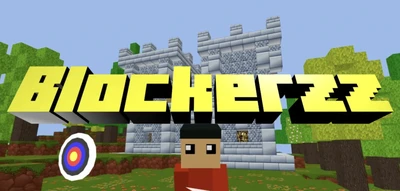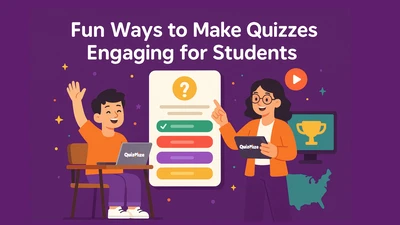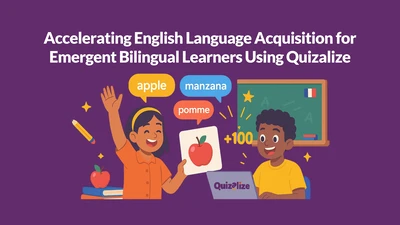Recent Posts
Continue exploring more educational insights and teaching strategies

Blockerzz v2 is on its way: smoother bows, smarter arrows, livelier worlds
Blockerzz v2 is coming with tactile archery, arrows that stick, flowing water, climbable blocks, and 4x bigger default worlds - even on low-end devices.

Fun Ways to Make Quizzes Engaging for Students
Quizzes often get a bad reputation in the classroom. Many students see them as stressful or boring, but they can actually be a great way to learn if we make them more interactive and fun. With a fe...

Accelerating English Language Acquisition for Emergent Bilingual Learners Using Quizalize
Across the United States, the number of Emergent Bilingual (EB) students — sometimes referred to as English Language Learners (ELs or ELLs) — continues to grow. These students bring rich cultural a...